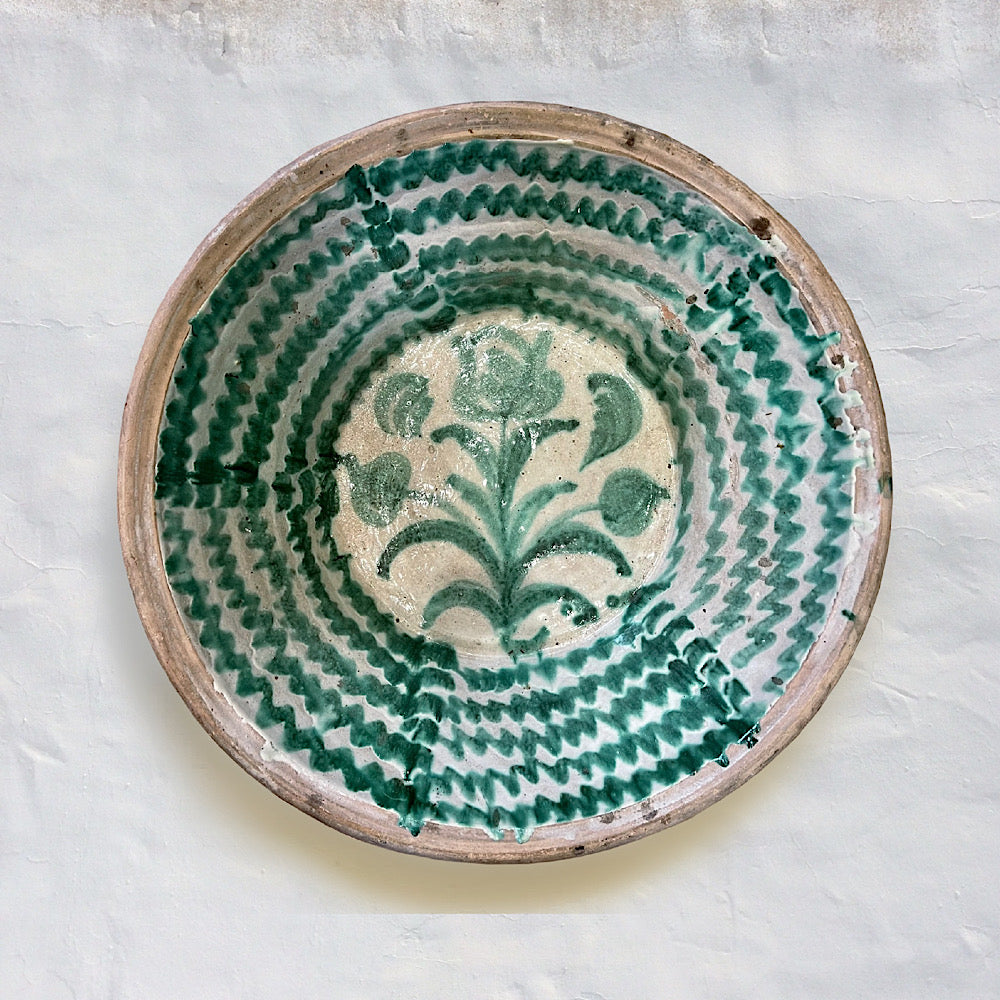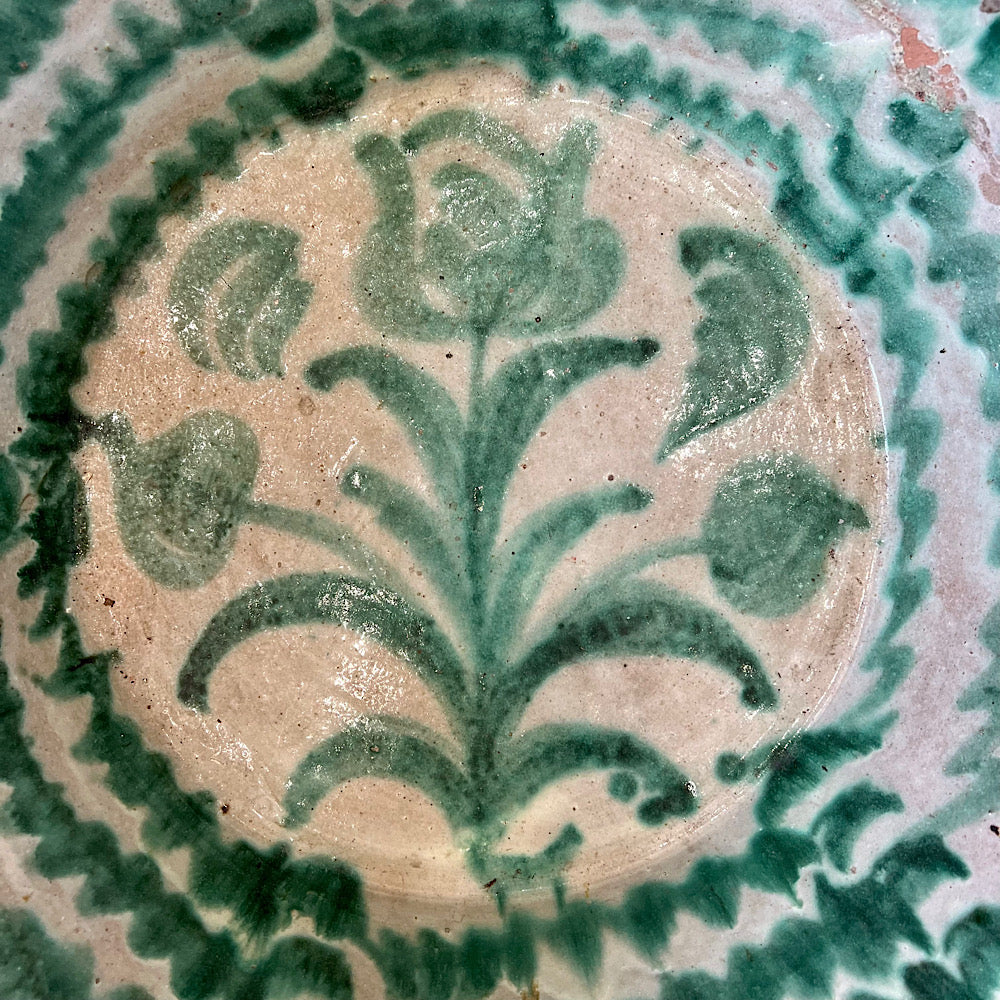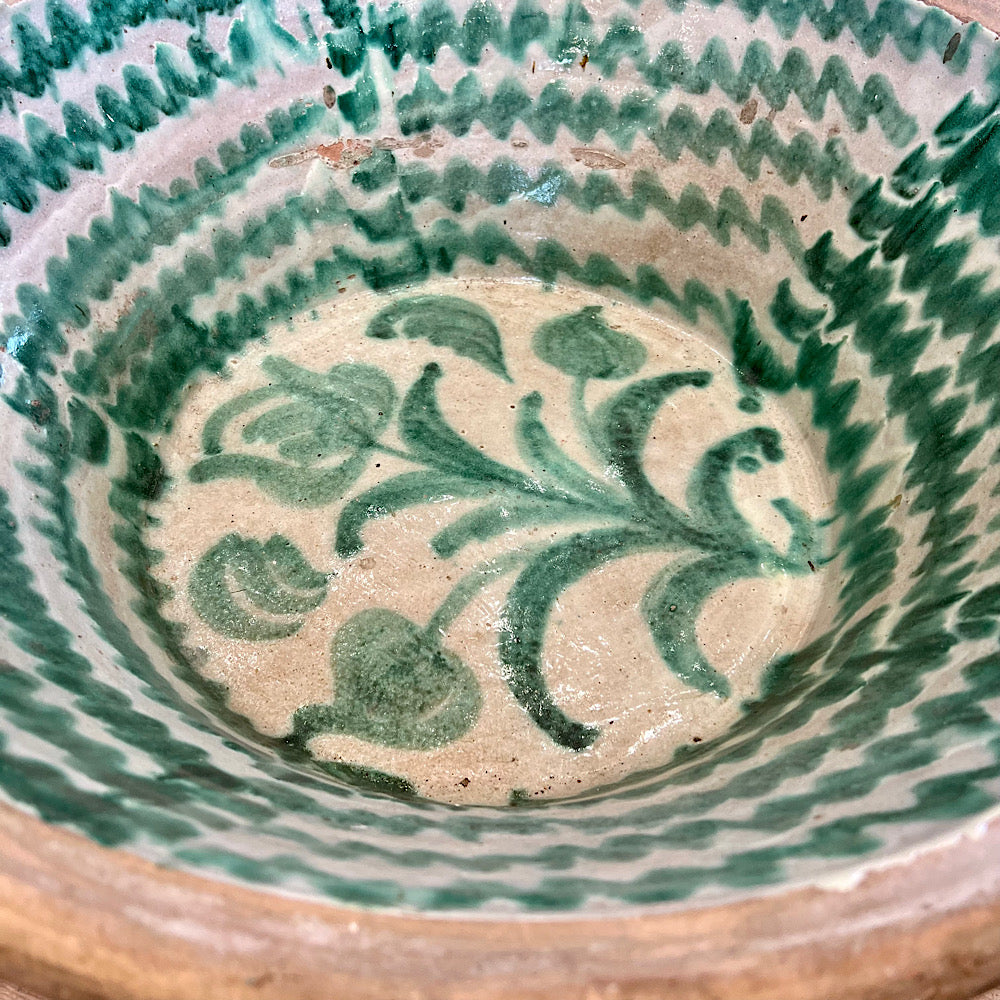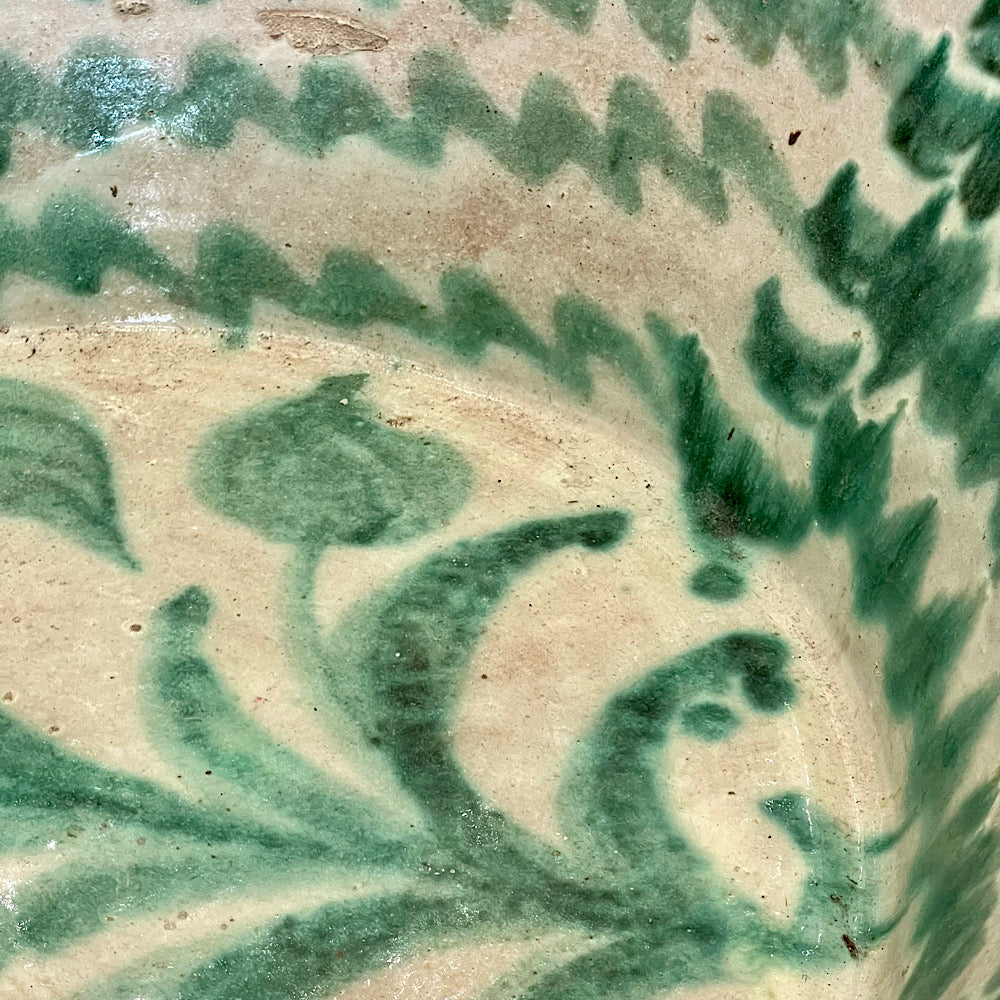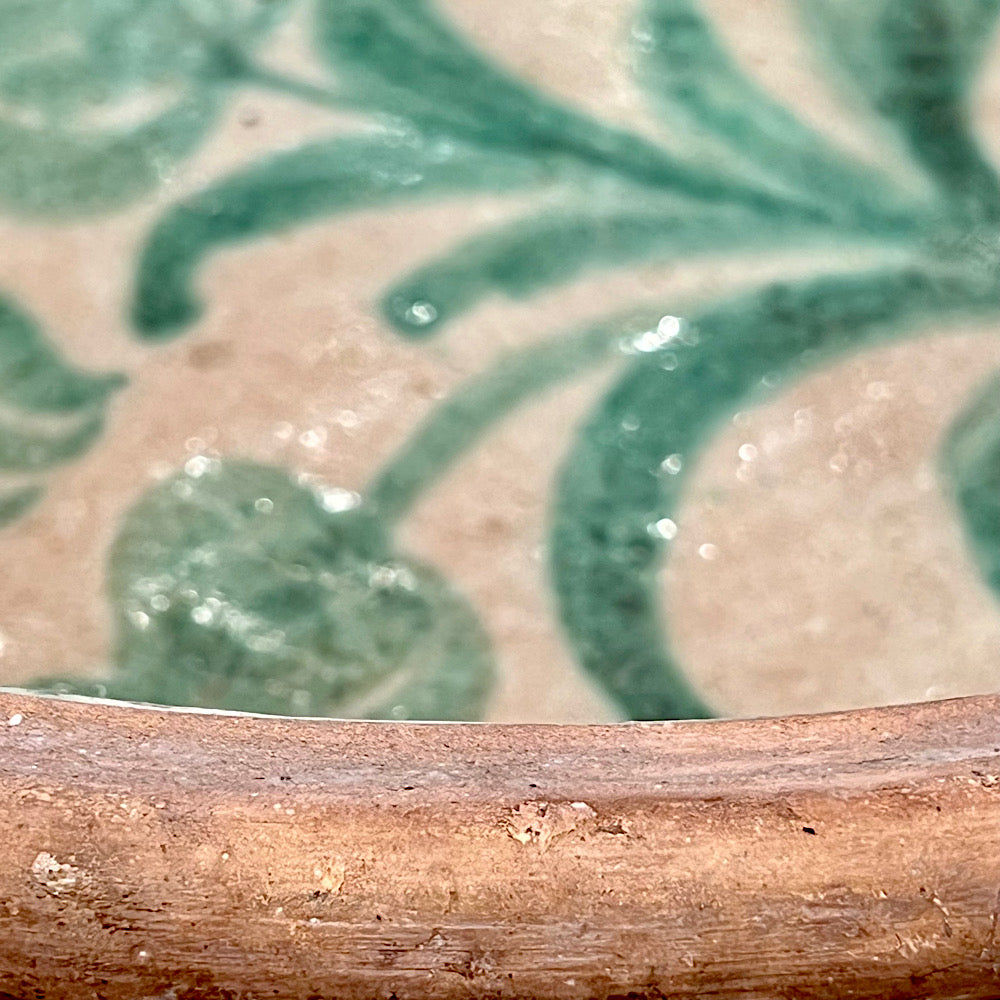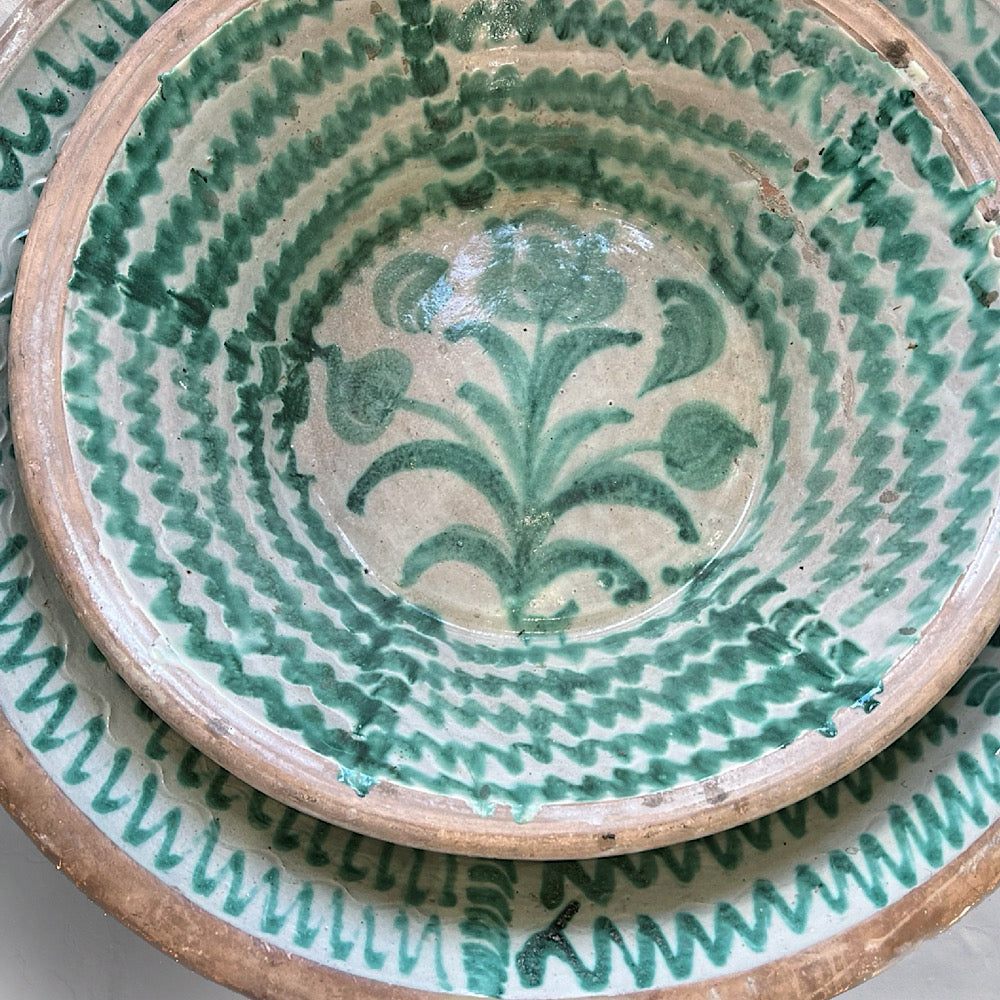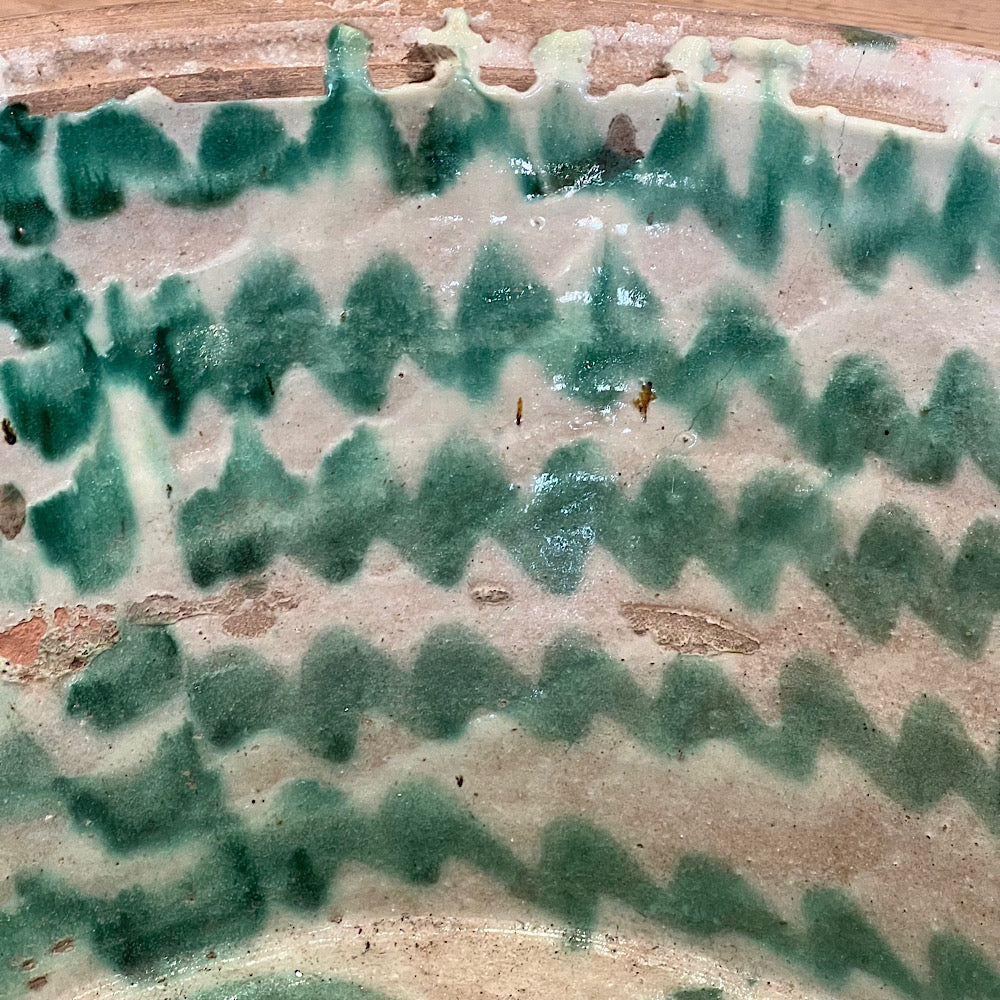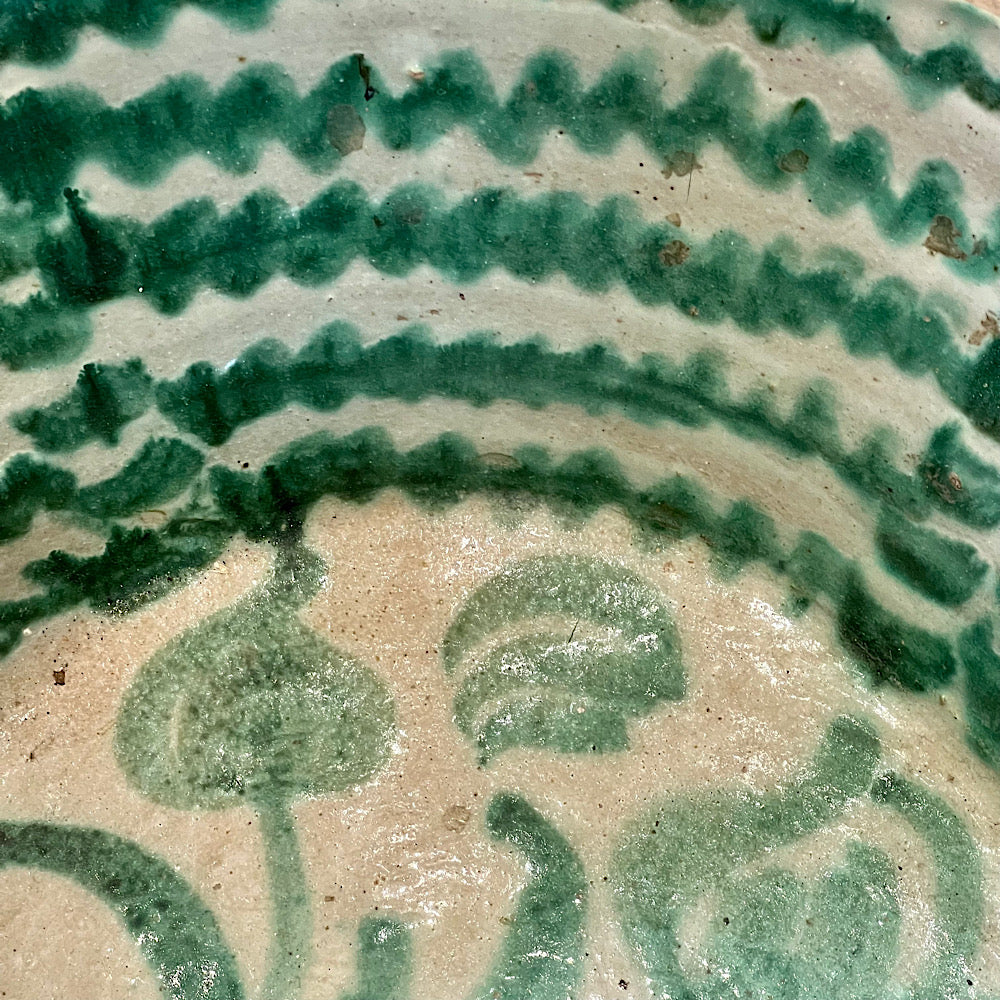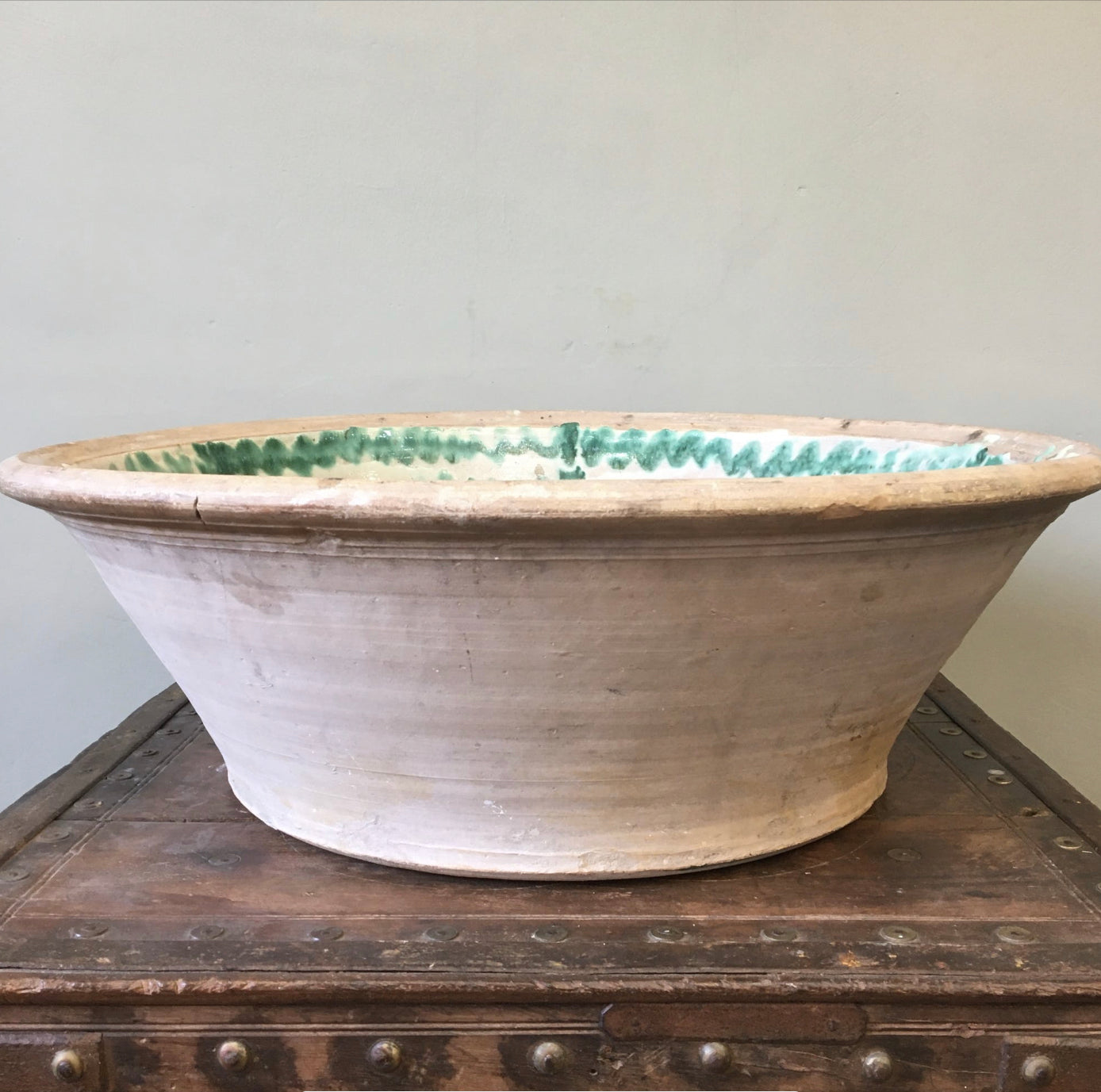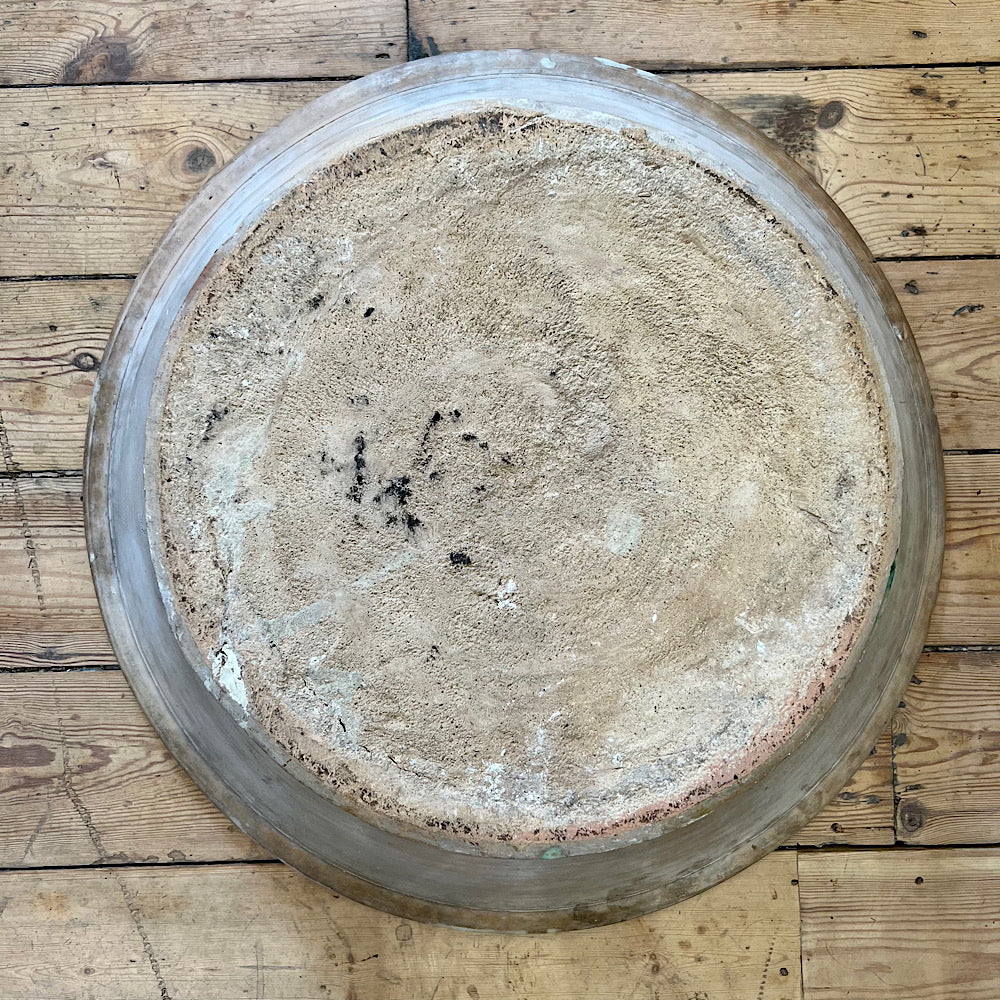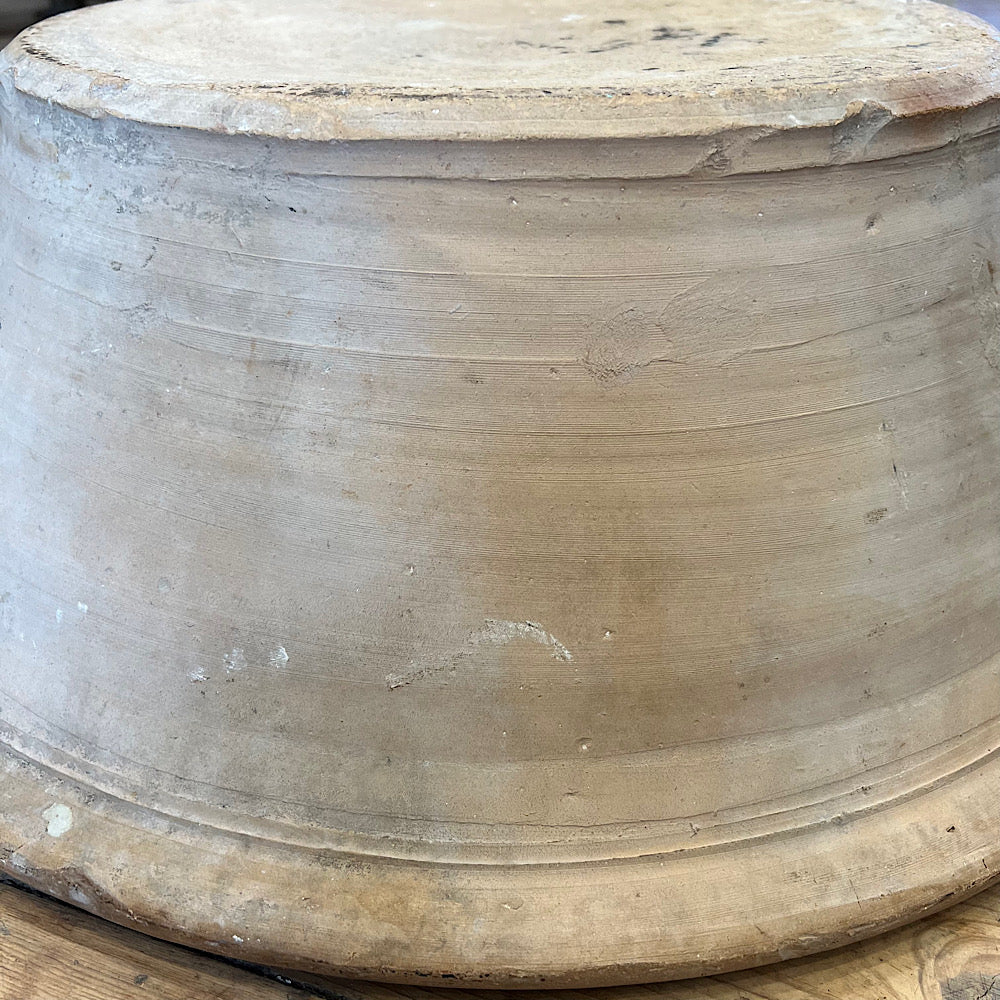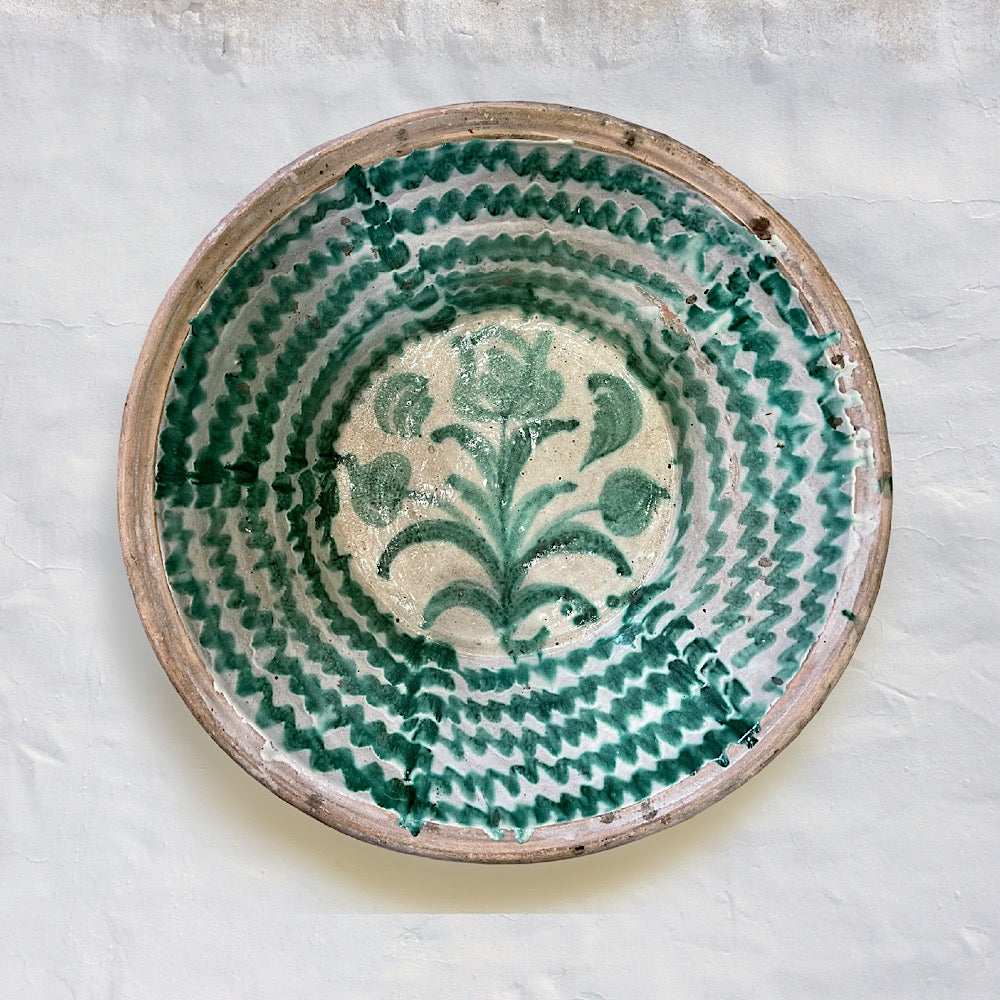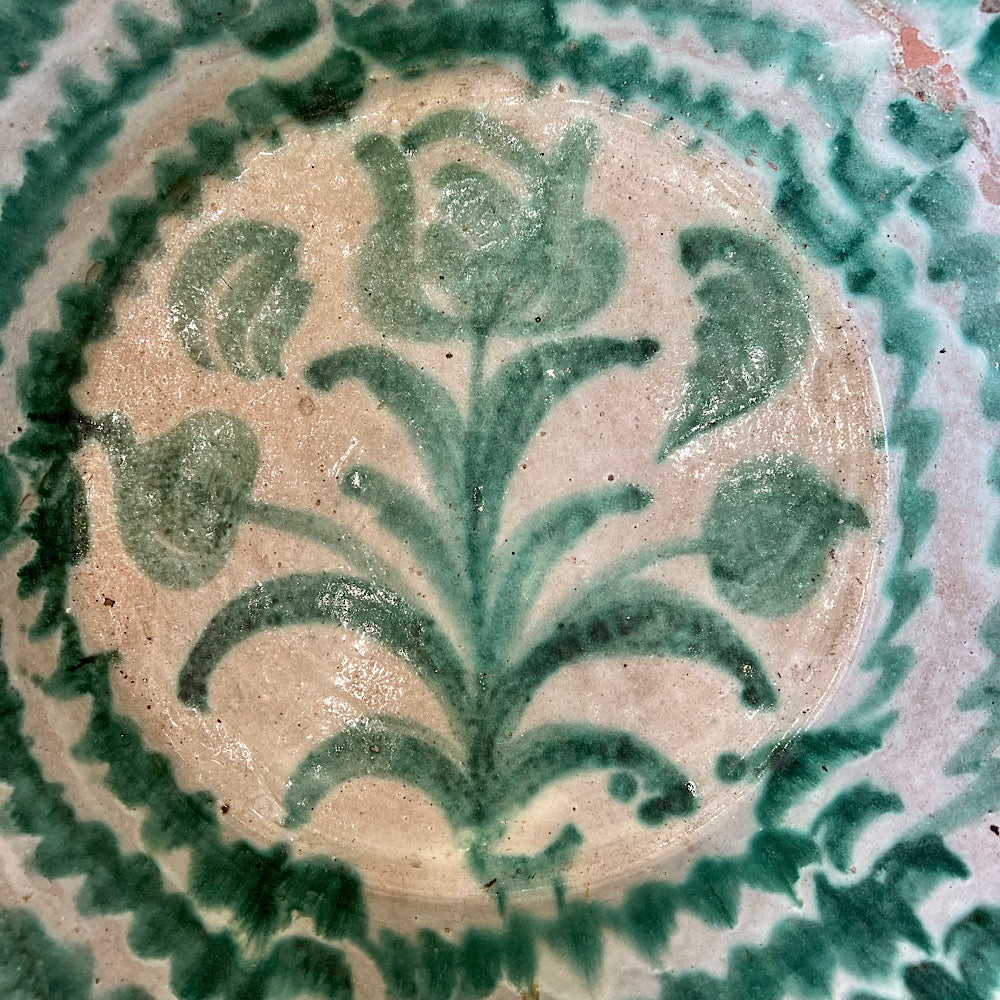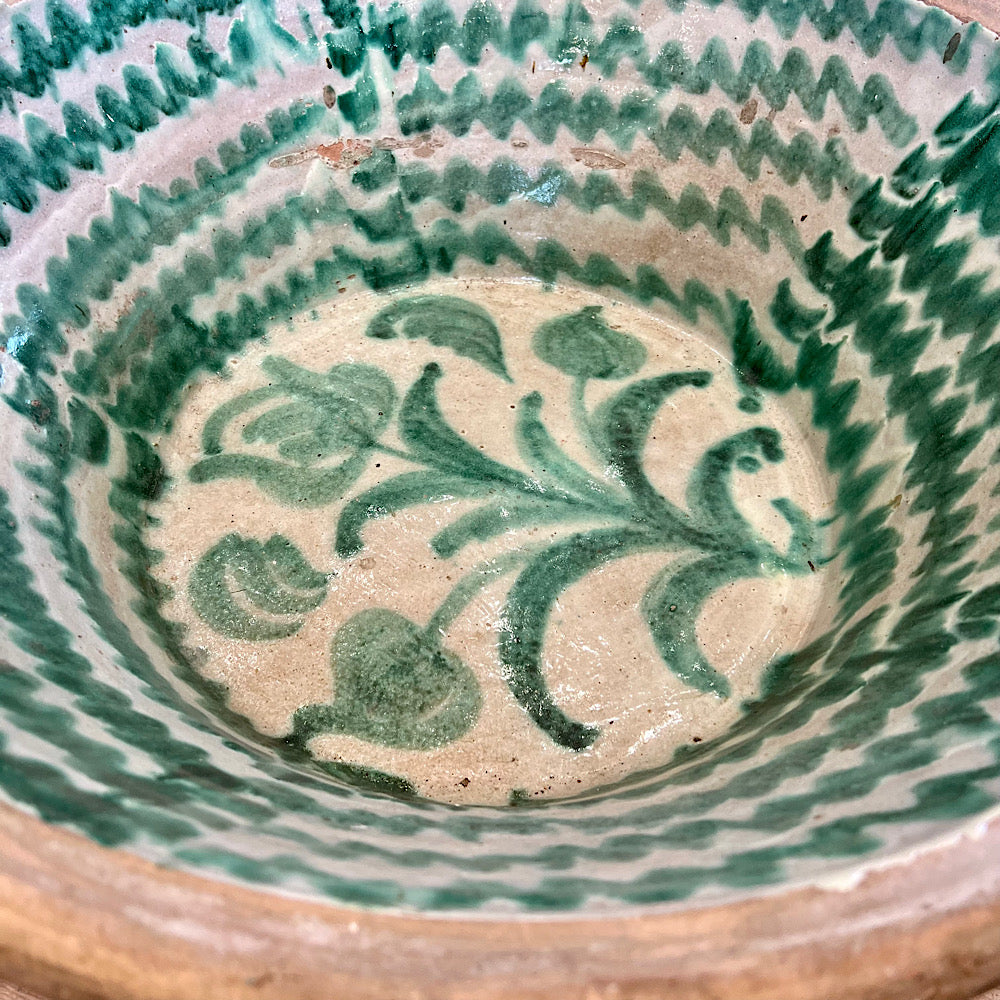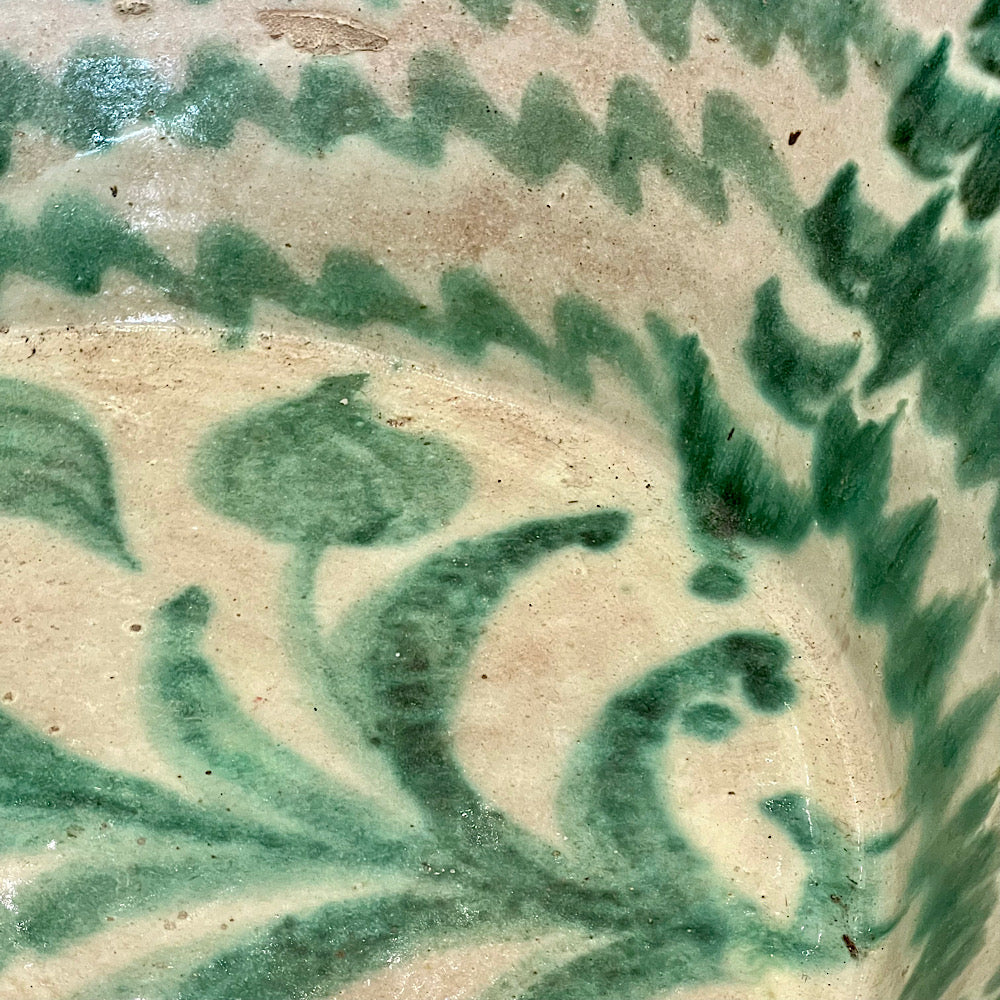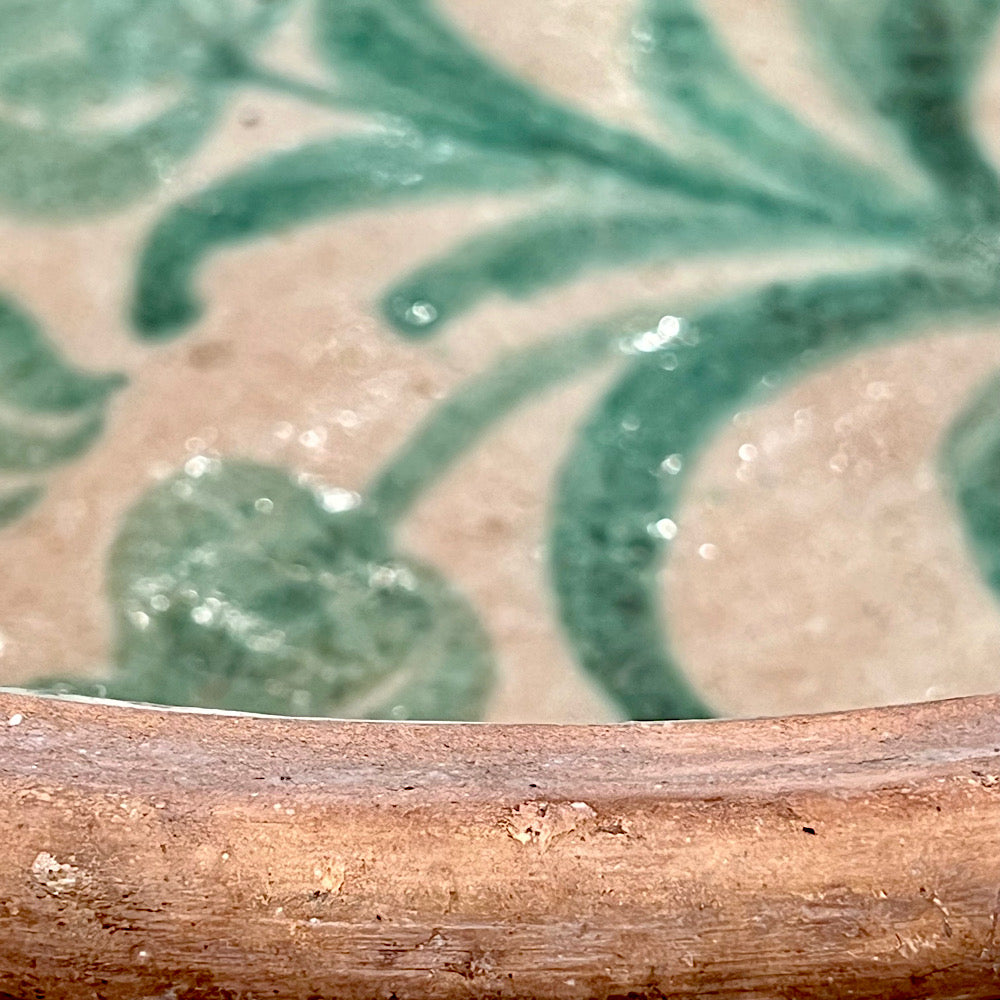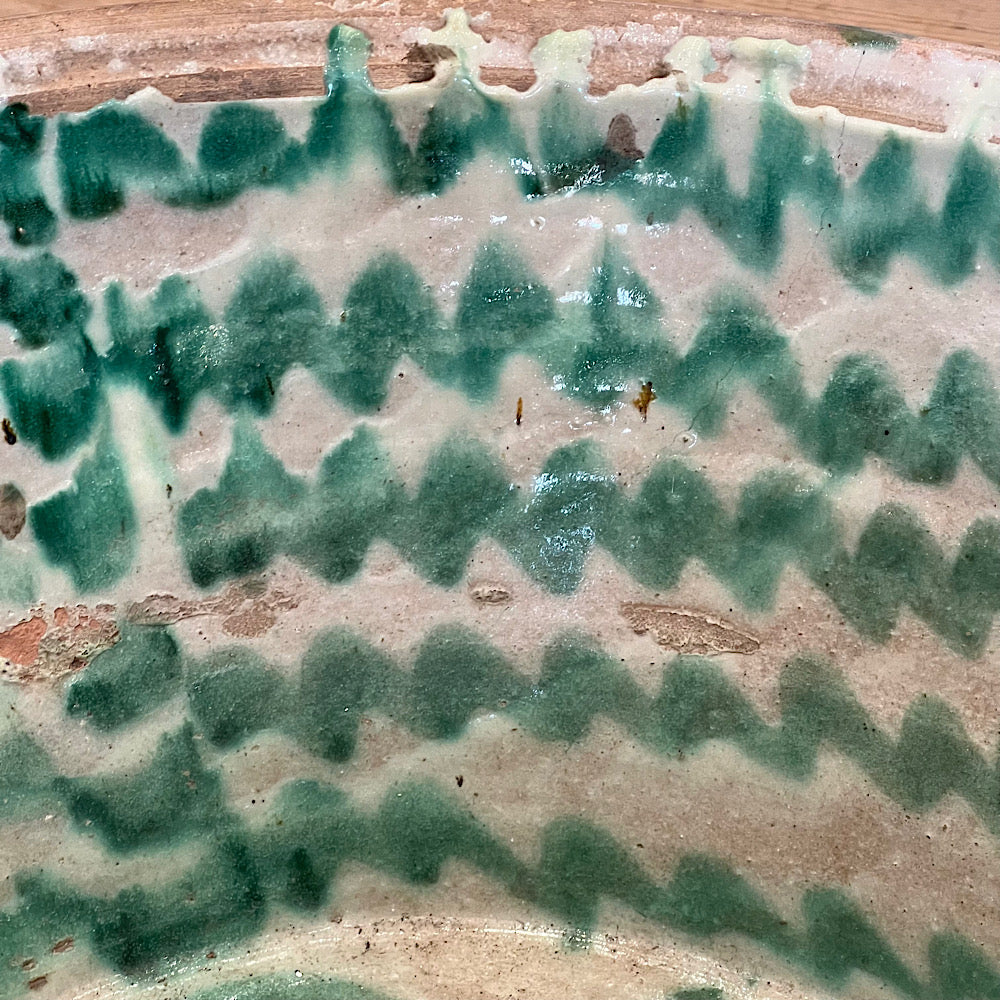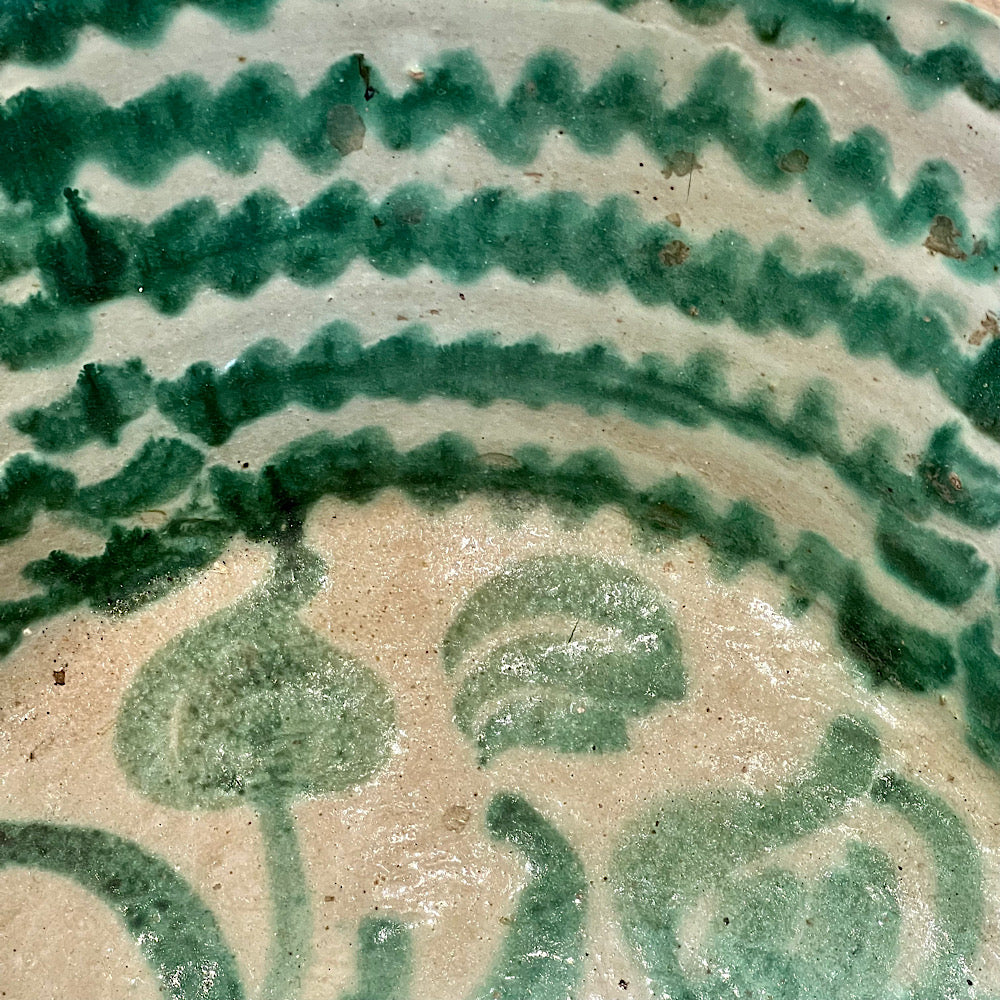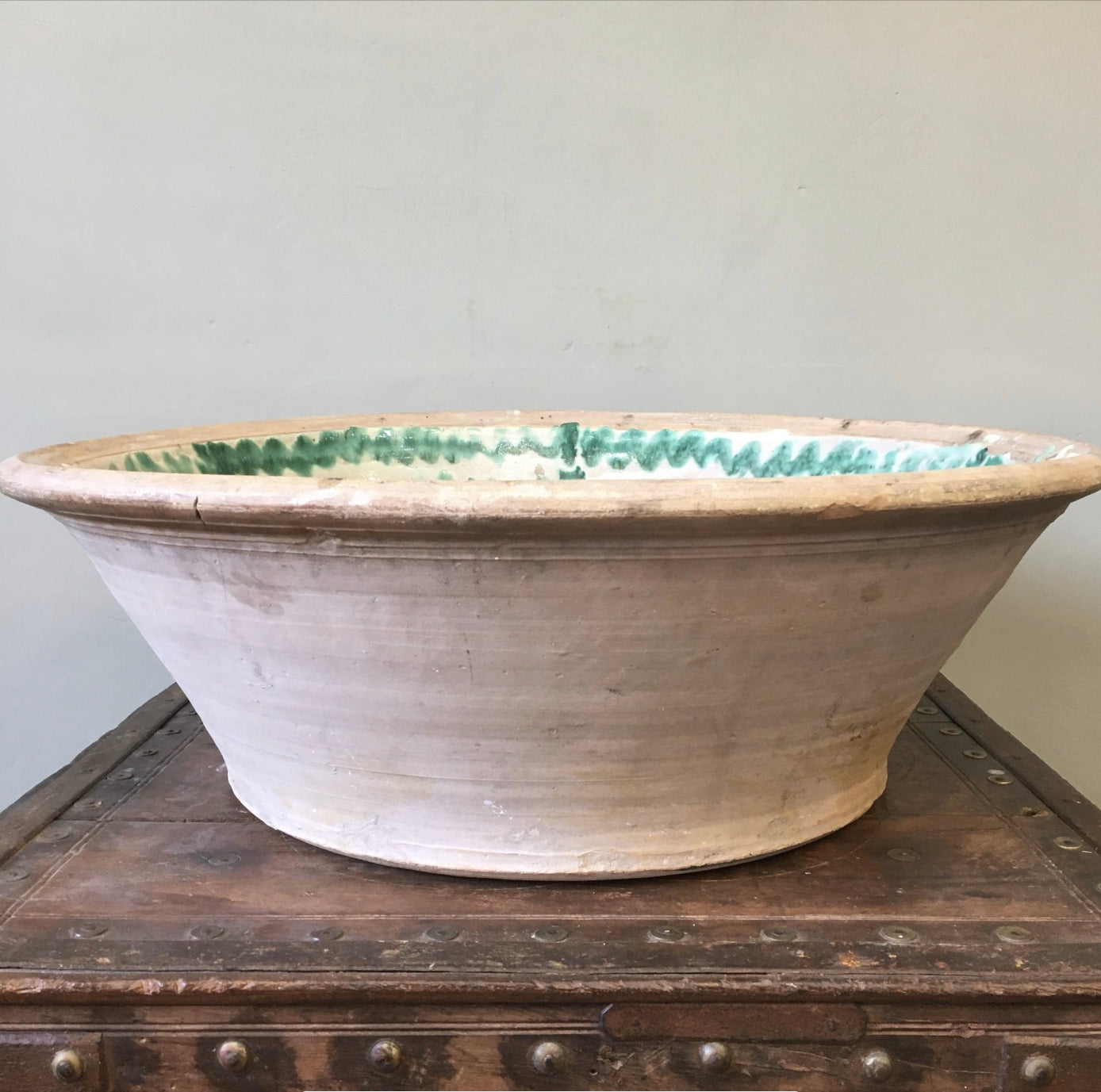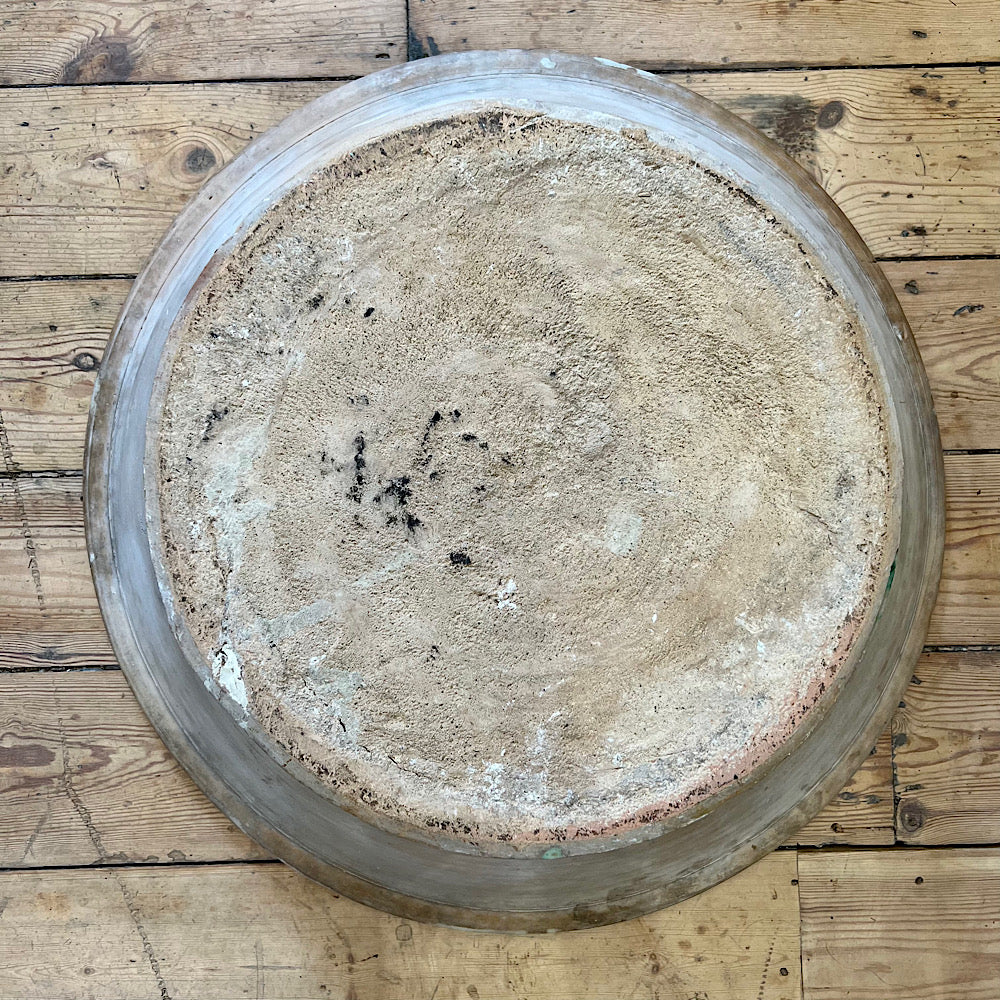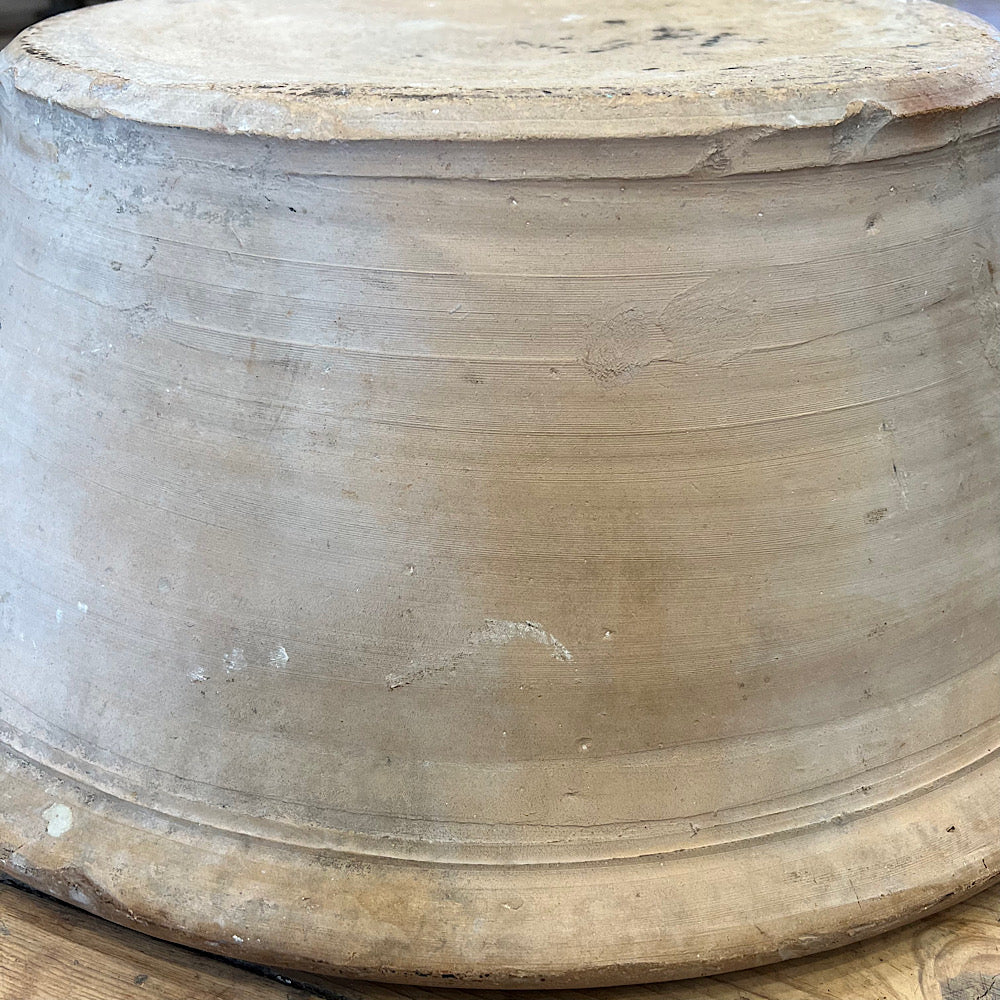Large Spanish Fajalauza Lebrillo Granada Bowl Late 18th/ Early 19th Century
SKU: AZNED
Couldn't load collection availability
UK Mainland Delivery & Non-Mainland
UK Mainland Delivery & Non-Mainland
* Until Christmas we are offering FREE UK MAINLAND doorstep delivery.
For UK Non-Mainland:
At checkout, please select ‘Pick up’ (not ‘Ship’) to complete your purchase.
You can either:
• Proceed with payment and we’ll send a separate link for delivery, or
• Contact us first for a quote, and we’ll send you a custom order link with delivery included.
Placing items in specific locations can be arranged on request — additional costs will apply. Our trusted fine art and antique couriers, ensuring your item arrives safely and with care.
International shipping
International shipping
International delivery, crating, shipping, and insurance can be arranged on request. We’ll provide a quote based on your needs—additional costs will apply and are payable directly to the shipping company.
You’re welcome to use your own shipping agent, or proceed with our recommended agent using the quote we supply. Payment is made directly to the shipping company.
Alternatively, select ‘Pick up’ at checkout to:
• Collect the item yourself
• Use your own shipping agent from our UK showroom
• Or simply complete your purchase
Contact us for a quote
A large and striking late 18th to Early 19th century Spanish Fajalauza lebrillo from Granada.
The production of such beautiful glazed terracotta ‘Lebrillo’ bowls known as Fajalauza, date back to early 16th Century Granada, and were created particularly in the Albayzín, a district of Granada. These traditional and humble banal forms have become an emblem of the city. Created for domestic use, they are a simple non-noble objects connected to everyday life and were a recognised part of all Granada households, each home owning one or more depending on its’ size.
The terracotta is painted in a white tin and lead glaze with oxides of copper and cobalt giving the greenish blue appearance to the decorative patterns. The patterns are simple, of symbolic lilies, branches, birds or pomegranates. Featuring with a rolled lip and gently sloping sides, they were traditionally used to cook or marinate food, but even used to wash clothes. Their importance was such to a family, that the ceramics were passed down through generations and so precious that if they were broken then they were of course stapled and repaired, but never thrown away.
- Width: 62 cm (24.41″)
- Height: 21 cm (8.27″)
- Depth: 62 cm (24.41″)
